Discover what’s under the bark
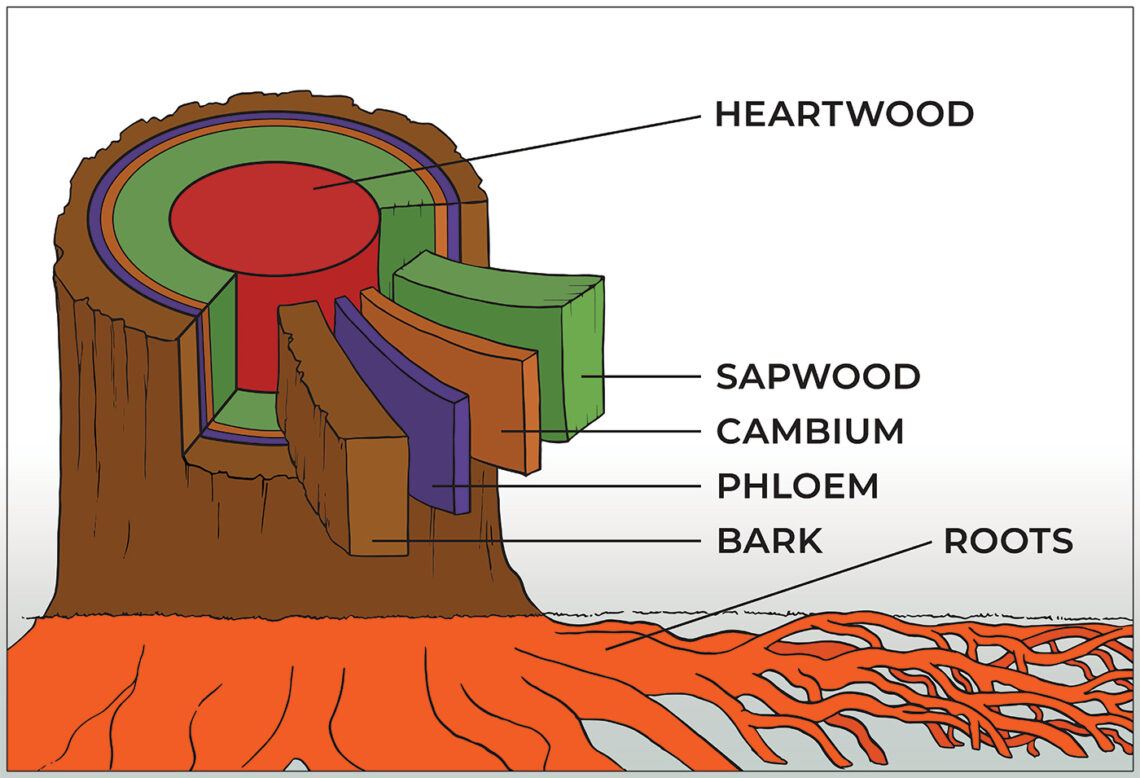
Under the bark of coast redwoods and giant sequoias are many layers, each with an important job in the growth and protection of the tree.
Bark – the outer layer of the tree, the bark, protects the tree from damage and disease. Coast redwood and giant sequoia bark is rich in a chemical called tannic acid, which insects and fungus avoid. The thick bark also protects the inner wood from fires.
Phloem – just below the bark is the phloem layer. The phloem carries the food, mostly sugar, from the leaves to the rest of the tree. That is where you find sap (water with sugars and nutrients).
Cambium – moving inward, the cambium is just below the phloem layer. This very thin layer is where new wood is made. When the cambium gets damaged, the tree’s growth stops or slows down.
Sapwood – this layer is also called the xylem. The sapwood is between the cambium and heartwood. It carries water from the roots to the rest of the tree. Old sapwood turns into heartwood over time.
Heartwood – the darker wood at the center of the tree is the heartwood. It keeps the tree tall and strong, giving support. The heartwood also stores water.
Roots – The roots take in water and nutrients from the soil. They grow long distances from the tree trunk but rarely grow deep. They have a special partnership with a fungus, which grows on the roots and helps the tree absorb nutrients.

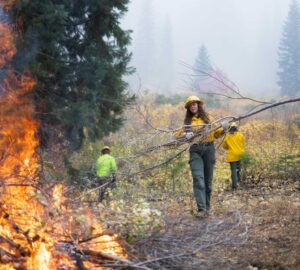
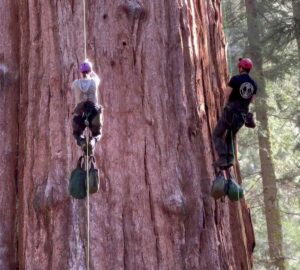

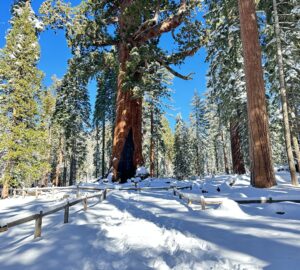
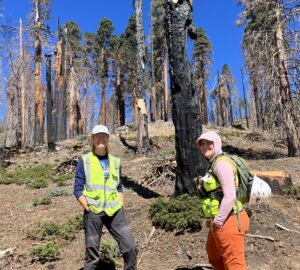
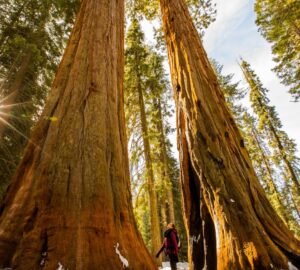
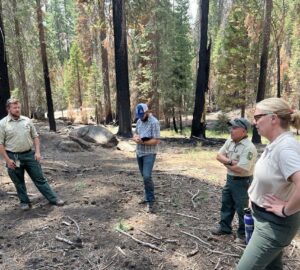
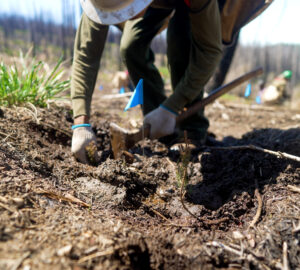
One Response to “What lies beneath: Anatomy of redwoods”
Steve McDonald
The sapwood is much stronger than the heartwood. It’s what supports the tree and the wood is better for building boats, although it doesn’t have as much resistance to decay and insects as the darker-colored heartwood. The same is true of red cedar wood. I’ve built boats from both types of wood, from each of those species.